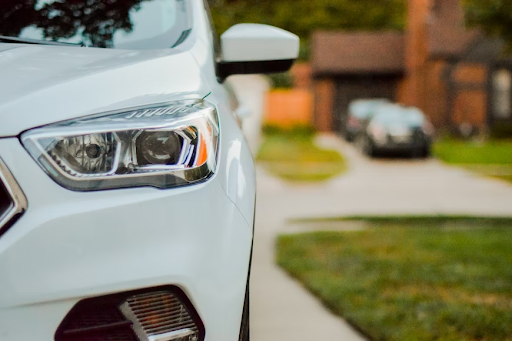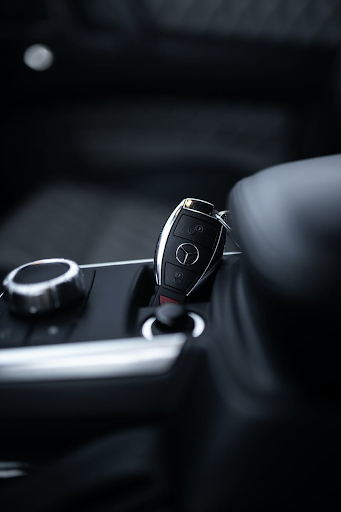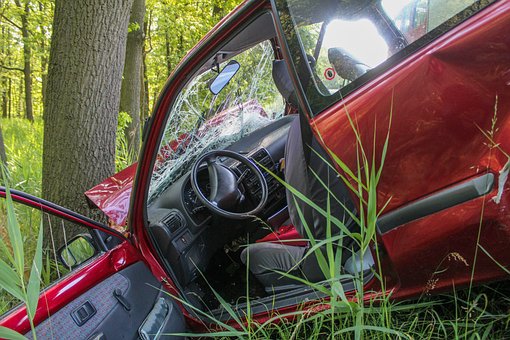Improve Your Business Vehicle Lifetime With These Tips
Having a reliable business vehicle is essential for any company, big or small. After all, it’s the mode of transport that gets your products and services to customers quickly and safely. But keeping a vehicle in tip-top shape can be difficult – especially if you don’t know where to start. Fortunately, there are plenty of ways to extend your business car’s lifetime with regular maintenance and proactive care and this article will look at eight tips you can use to make sure your car lasts longer and performs better than ever before. From learning how often you should change the oil to understanding why tire rotation is important, these tips will help keep your car running smoothly for years down the road. So read on – and learn how to get the most out of your business vehicle!
Change the oil regularly
Oil is essential for keeping your engine running smoothly and efficiently, so make sure you stay on top of regular oil changes. A general rule of thumb is to get the oil changed in your vehicle every 5,000 miles or 6 months – whichever comes first. If you’re not sure how often you should change the oil, you can always consult your owner’s manual or talk to a professional mechanic. Additionally, the type of oil you use can have an impact on the lifespan of your car’s engine. If you drive a newer model car, always make sure to use synthetic oil – it’s more expensive but will protect your engine from wear and tear over time.
Service your vehicle
The best way to keep your car running smoothly is to have it serviced by a professional mechanic at least once a year. A service will typically include routine maintenance such as changing the oil, checking the brakes, and inspecting all of the other essential parts and systems in your car. It’s also important to take your car to licensed and experienced mechanics to ensure they are using the right tools and parts. A professional mechanic will also be able to identify any potential issues before they become too serious, ensuring your car stays in good shape for years to come. The official services can be expensive if you’re on a tight budget, and certain types or brands can be discounted or even free. Before booking your service, do some research to find the best deal for you and your business vehicle. Or, take advantage of Toyota service coupons found online, if you own a Toyota vehicle. Just remember – regular servicing is essential for keeping your car in good condition and it could end up saving you money in the long run.
Check tire pressure and rotate tires
Your vehicle’s tires are its point of contact with the road and if they’re not in good condition, it can cause a lot of problems. Checking your tire pressure every month is essential for extending the life of your tires and making sure you get the most out of them. Low tire pressure decreases fuel economy, meaning more trips to the gas station. It’s also important to rotate your tires regularly – this helps them wear evenly and prevents premature wear. Rotating means switching tires around from front to back on the same axle and swapping them left to right for maximum benefit. Generally, manufacturers recommend rotating your tires every 5,000-8,000 miles or 6 months – whichever comes first.
Don’t forget the fluids
Keeping your car running in optimal condition requires frequent checkups on all its fluids, such as brake fluid, coolant, power steering fluid, and transmission fluid. A low level of these liquids can be detrimental to the functioning of your vehicle – for instance, if there is too little brake fluid it may lead to failure when trying to stop, or a lack of coolant could mean that the engine starts overheating. Therefore, replenishing them regularly will help guarantee proper performance and longevity for your automobile. You can also take advantage of services like the one from Castrol, which helps you monitor your vehicle’s fluids and get alerts when they need to be changed.
Reduce or eliminate idling
Idling can have a major impact on how long your car lasts – so it’s important to minimize or avoid it completely. Idling is when your engine is running while you aren’t using it. It can cause your vehicle to consume more fuel and release toxic emissions, both of which are bad for the environment and can reduce the life of your car. If you find yourself sitting in traffic or waiting for a long period, it’s best to turn your engine off and save fuel. This is especially true if you’re sitting for more than two minutes – so try to find ways to reduce or eliminate idling with your business vehicle.
Pay attention to warning signs
If you want to keep your car running in top condition, it’s important to pay attention to any warning signs that it may be giving you. Listen out for any strange sounds or signals coming from the engine and act on them quickly. Also, keep an eye out for leaking fluids or smoke coming from the exhaust pipe – these are clear indications that your vehicle needs assistance. If you don’t take action, the issue could become worse and potentially reduce the life of the car.
Use high-quality fuel
The type of fuel you use can have a big impact on the lifetime of your car – low-quality fuel can lead to engine wear and tear over time. Always make sure you fill up with high-grade gasoline and try to stick to the same brand, as switching too often can also cause issues. It’s best to opt for fuels with higher octane ratings – these will provide improved performance for your car and are usually better for engine longevity. However, be sure to check what type of fuel is recommended by your manufacturer before filling it up. For instance, many newer models require premium-grade fuel.

Taking care of your business vehicle is essential for making it last as long as possible. Following the tips in this article, such as reducing or eliminating idling, checking and rotating tires regularly, keeping an eye out for warning signs, and using high-quality fuel can help you extend its lifespan significantly. All these simple steps will go a long way toward improving performance while saving money on costly repairs down the line. With proper maintenance and attention to detail, there’s no reason why your car won’t be running smoothly for years to come!















